Ever wondered why Greenland looks as big as Africa on the map? It’s because of something called the Mercator projection. Putting a 3-D planet on a two-dimensional world map was challenging for early cartographers. So, a Flemish geographer and cartographer named Gerardus Mercator came up with a solution for the most accurate world map.
In 1569, he designed an atlas that could be accurately used for navigation. Still, the downside was that his system distorted the size of objects depending on their position relative to the equator.
Because of this, landmasses like Antarctica and Greenland appear much bigger than they are. Though there are around 40 types of map projections, from conical to polyhedral and retroazimuthal, depicting the actual size of the world, this one is still used the most because of its convenience and simplicity, even by Google Maps. None of these projections can be titled the real world map because they all depict the same Earth through a different lens.
So, what does the real-world map look like? To show how incorrect our understanding of countries by size is, a website called thetruesize.com lets you move land masses into different locations. This helps you understand the actual size of countries.
We at Bored Panda played a bit with this tool, and what we found will change your perspective on our planet’s geography. The website lets you juxtapose two countries to compare their relative size, and if you’re wondering which countries are the best to live in, we explored that too.
Here’s what the real size of countries looks like.
#1 US Moved Down Next To Australia Looks Unbelievably Small

Image source: The True Size
#2 Russia On The Equator Is Not A Giant Bear Anymore

Image source: the true size
#3 If Romania Was An Island In The Arctic Ocean
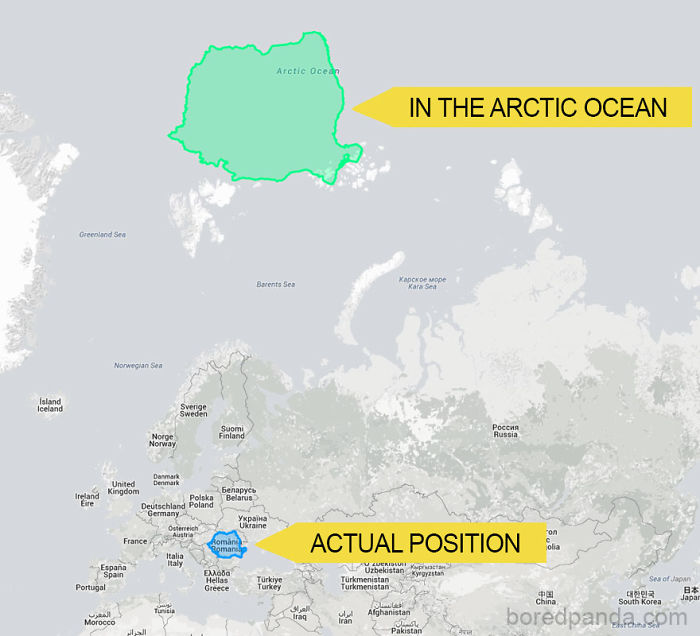
Image source: The True Size
#4 Australia Is Way Bigger Than You May Think – It Covers Almost The Whole Of Europe

Image source: The True Size
#5 If Brazil Was In Asia It Would Be Massive
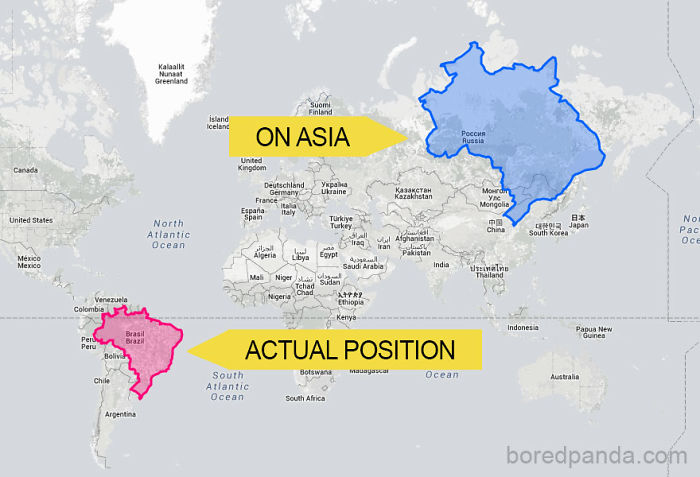
Image source: The True Size
#6 Indonesia Would Spread Almost Across The Whole Of Russia

Image source: The True Size
#7 Greenland Is Not So Big When Compared To USA And Brazil
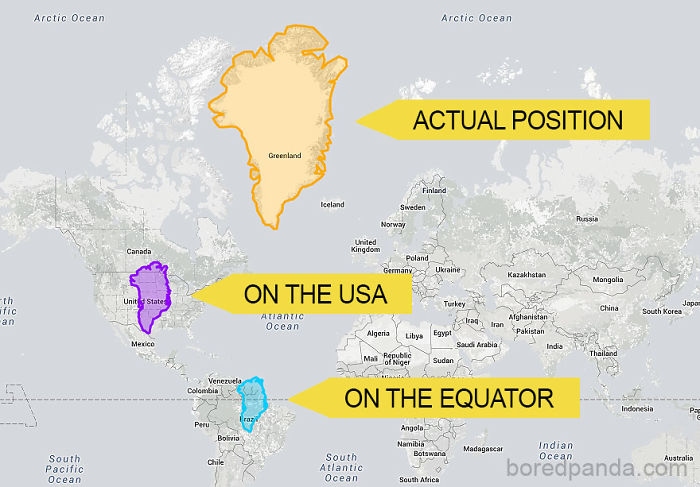
Image source: The True Size
#8 When You Move Canada To South America

Image source: The True Size
#9 California Moved Onto The UK Shows They’re Quite Similar In Size

Image source: The True Size
#10 China Placed On Top Of Russia

Image source: The True Size
#11 Australia Moved Onto North America Becomes REALLY Big
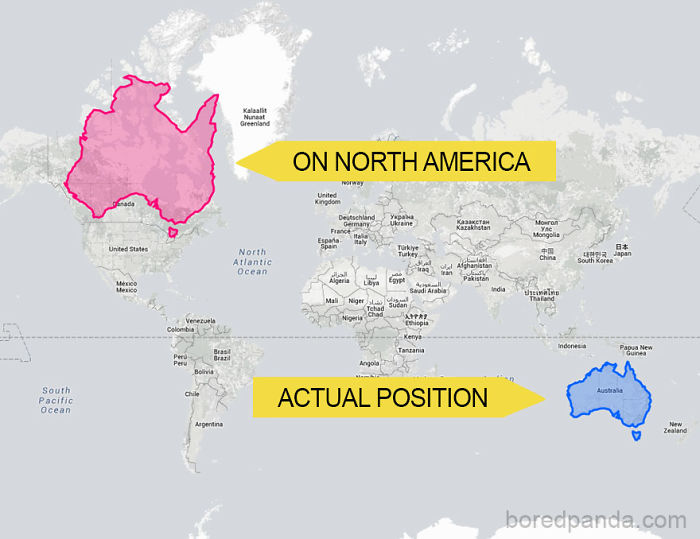
Image source: The True size
#12 Japan Can Stretch Almost Across Canada
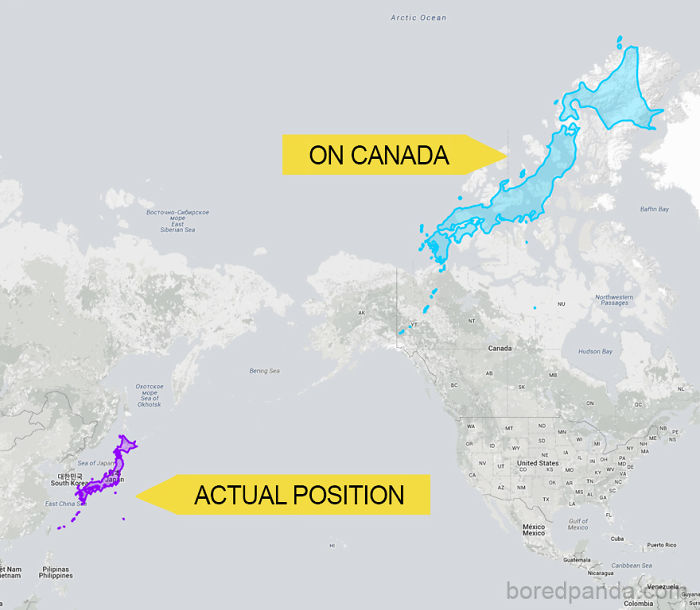
Image source: The True Size
#13 Antarctica Is Not So Much Larger Than Brazil
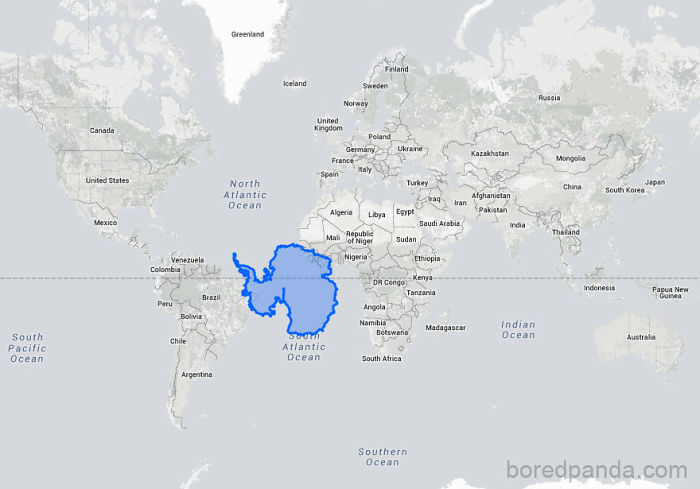
Image source: The True Size
#14 This Is How India Changes As You Move It North

Image source: The True Size
#15 Canada Moved Down Onto The US Reveals That Both Countries Are Pretty Much The Same Size
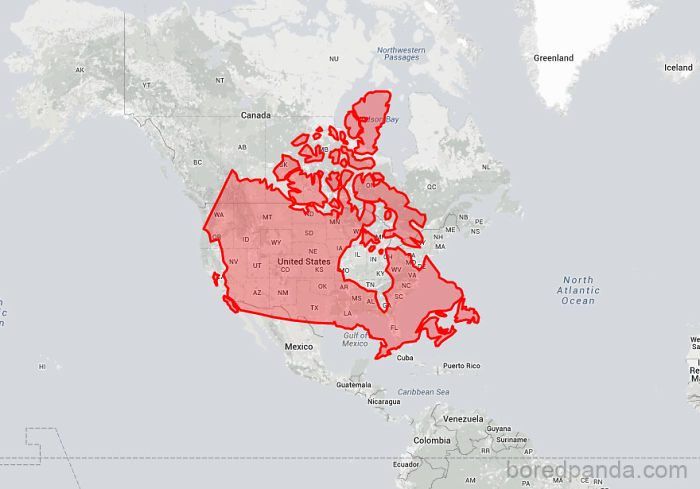
Image source: The True Size
#16 How This All Works

#17 USA Compared To Europe
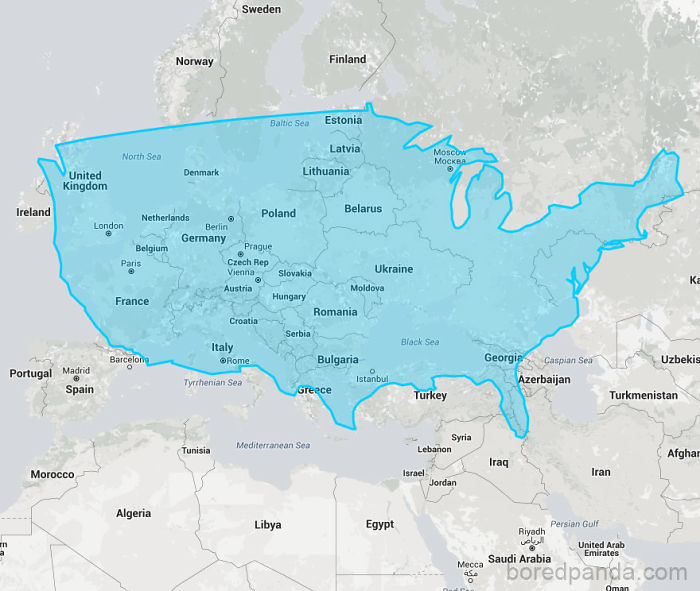
Image source: The True Size
#18 If Poland Was An Island In The Norwegian Sea
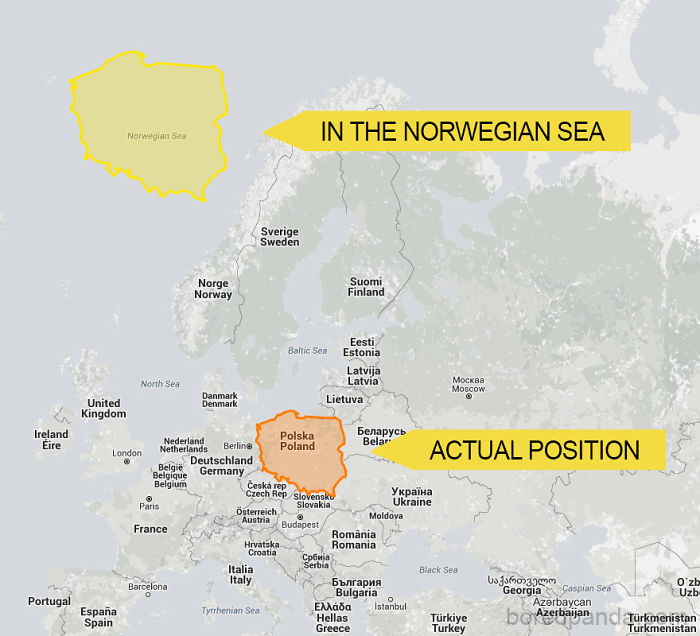
Image source: The True Size
#19 The US Could Easily Cover The Whole Of Canada But It Becomes Much Smaller When It’s Moved South

Image source: The True Size
#20 When You Move Mexico Onto Greenland Its Size Increases Dramatically

Image source: The True Size
#21 If Lithuania Was An Island In The Barents Sea And Artic Ocean
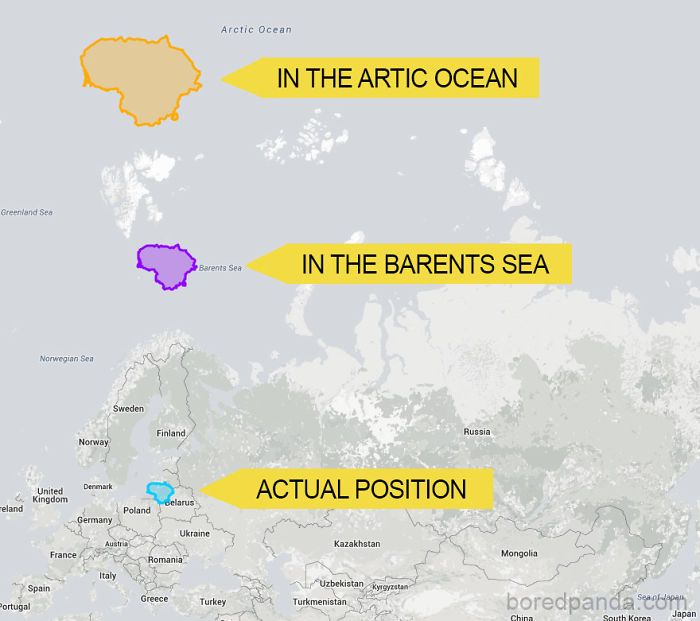
Image source: The True Size
#22 Moving UK North And South Reveals How It Actually Compares To Other Countries

#23 Democratic Republic Of The Congo When You Move It North
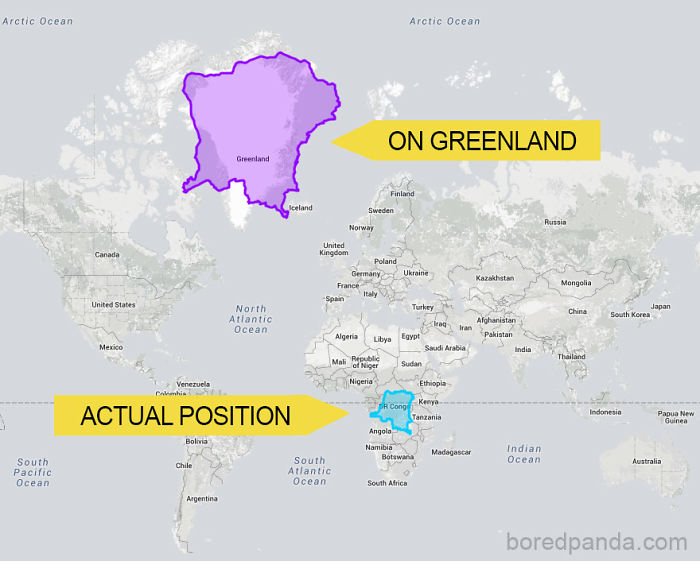
Image source: The True Size
#24 How The Size Of Russia Changes As You Move It South

Image source: The True Size
#25 #27 Tiny Iceland Compared To New York

#26 Tiny Iceland Compared To Its Giant Neighbor Greenland

Image source: The True Size
#27 Let Me Just Make This Easy; The Issue Is Peters (accurate) Vs Mercator (inaccurate).

#28 Alaska Doesn’t Seem So Big When Compared To 48 Contiguous States

Image source: The True Size
#29 Texas Moved On Top Of Alaska Shows That They’re Almost The Same Size
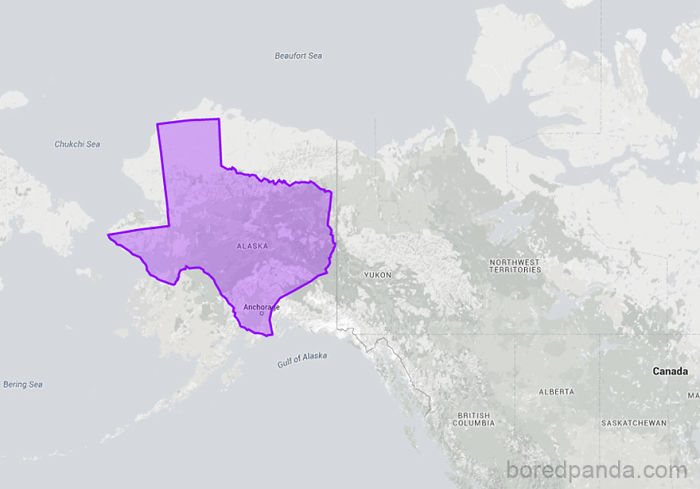
Image source: The True Size
#30 You Cannot Make Legitimate Size Comparison Unless You Are Doing So On An Equal Area Map
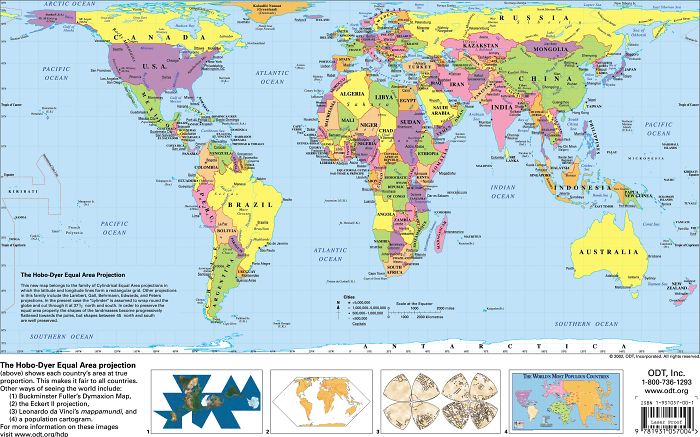
 Follow Us
Follow Us





